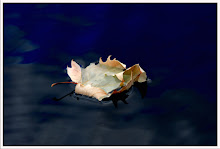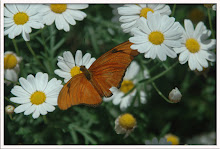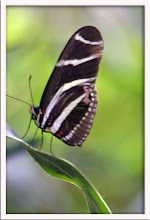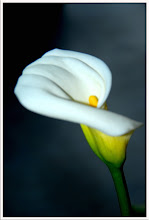Since our very first Photo Club meeting is this coming Saturday, and since our theme is OLD and your photos all need to be in black and white, I am dedicating this week to articles on B&W photography. These articles will be full of information and tips on how to get those great, classic B&W photos.
The articles will be from some of my own personal writings, while others will be articles I have collected from some very knowledgeable photographers. I hope you will enjoy reading them and trying out some of the tips. Be sure to check back often this week.
There is also a great tutorial link about converting your digital images to B&W in Photoshop HERE
How To See In Black & White Article:
Digital Camera Magazine (UK) has a useful feature in their October issue on Black and White photography. It contains a lot of good information - but one of the topics that they cover was on how to ’see in black and white’.
In it the author shares 4 ‘key ingredients’ of that will help you to visualize whether a scene will work as a black and white image or not. The titles below are from the article - the thoughts are mine (and I’ve added one of my own tips too).
1. Look for Contrast
One of the elements that can give interest to a black and white shot is contrast. Because you can’t use color to distinguish one element of your image from another the tonal variances become all the more important. This doesn’t mean you need to look for stark contrasts in every shot you want to convert to black and white - the subject matter will come into play here - but you should ponder how the contrast will come into play when composing your shot.
2. Wait for the Right Light
Linked to contrast, the lighting in a black and white shot can be very important. For example - h3 or direct lighting will often add to contrast. Side lighting will reveal any texture that a subject might have (and in portraits will accentuate features) and light from any one direction will create shadows. All of these techniques can add interest to a black and white image - however they can also be distracting - so play with light with care.
3. Shapes and Patterns
Patterns or shapes that can sometimes almost go unseen in color (due to the color itself drawing attention) can come alive in a black and white shot. Black and White shots that rely upon pattern can often take on an abstract quality.
4. Capture Texture
I’ve already mentioned this above when talking about side lighting - but revealing the texture of a subject can add a new dimension to an image. The sidelight does this by creating shadows.
A Tip for Black and White Landscapes
One more quick tip of my own for those wanting to try black and white landscape photography:
When shooting black and white landscapes look for ‘active skies’. I was given this advice by a photographer a few months ago who showed me some examples of his own black and white landscape work. The skies in his images were breathtaking with wonderful cloud formations and what often looked like storms about to break. Having skies with so much ‘action’ in them added mood and a really dynamic look and feel to his images. Without this active element the images looked rather empty and dull. I think the same principle could be applied to most types of black and white images that have large parts of them dominated by any one thing. If a large part of your image is all the same tone the image can look quite lifeless (unless of course you’re going for a more minimalist look.
Quote of the Day:
Black and White photography is about getting back to basics, using tone, mood and shade to convey your message.


















No comments:
Post a Comment